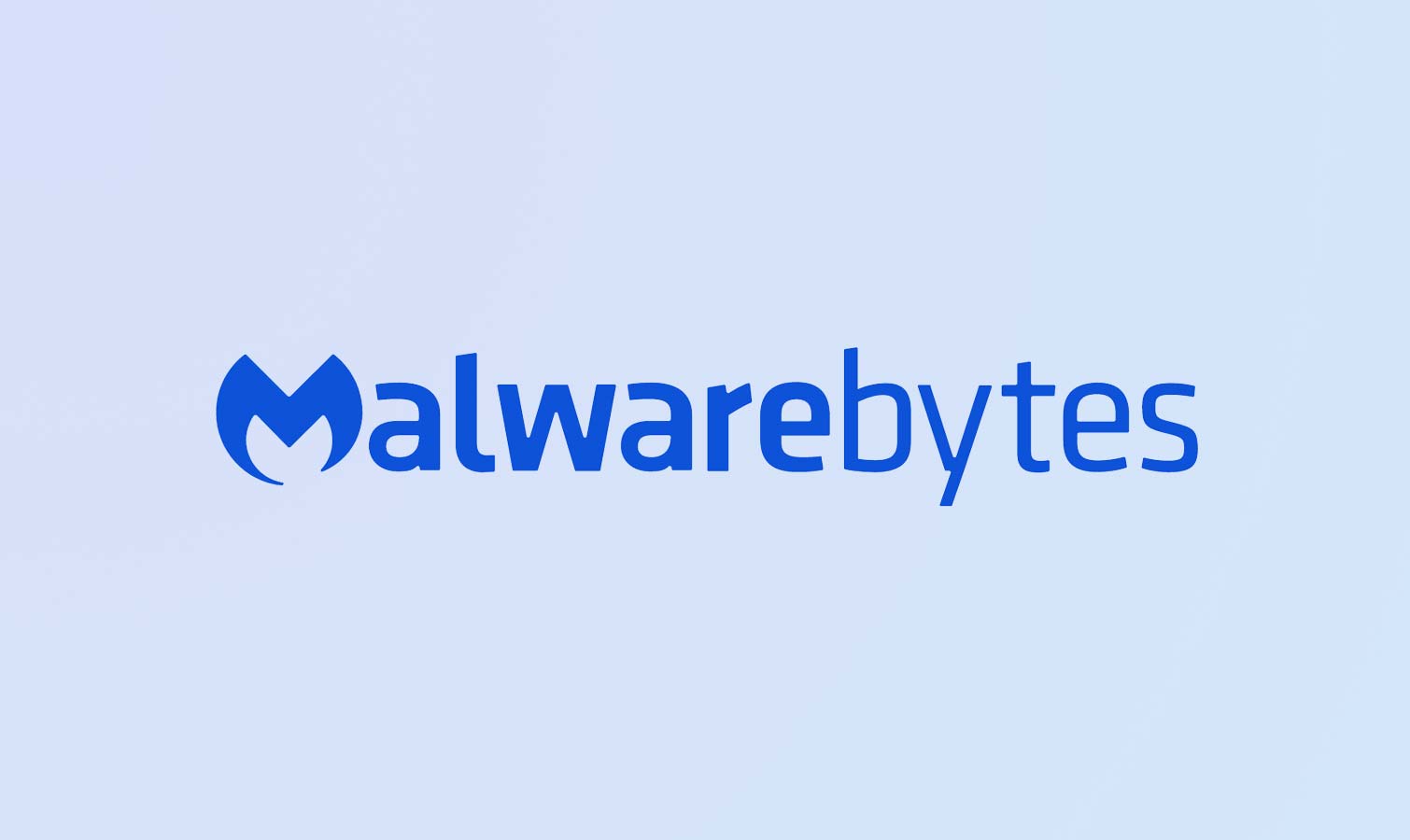
This is better than Avast Free Antivirus' 47% performance hit, but it pales next to the efficiency that Kaspersky Total Security and Microsoft Defender achieve. During a Malwarebytes Threat Scan, the benchmark completion time rose to 19.0 seconds, representing a 39% loss of performance from the baseline. It's important to note that this loss of performance is in addition to the system resources taken up by an installed antivirus program.

This represents a 2.2% performance loss based on the system resources that Malwarebytes uses in the background, equivalent to the passive performance loss of AVG and Avast's antivirus products. This time rose to 14.0 seconds after we installed Malwarebytes Free, but before any Malwarebytes active scanning took place. With the built-in Microsoft Defender running, the Asus registered a baseline completion time of the name-matching task of 13.7 seconds. In addition to its own malware scans, Malwarebytes Free uses behavioral monitoring to spot early signs of an infection. Instead, it augments whatever antivirus program is running by trying to catch malware that other programs miss. Malwarebytes for Windows Free doesn't replace your computer's antivirus program.

Once you've confirmed that you do, restart the machine and Windows Defender should then be active alongside Malwarebytes Free. You may be prompted to confirm that you really want to deactivate it. To deactivate the Malwarebytes Premium trial, open Malwarebytes, click on Settings, click on the Accounts tab at the top of the window and click the Deactivate Trial text link at the bottom of the window.
#How long is malwarebytes free software
The best antivirus software to download now.

However, we advise skipping right to the free version, because running even the trial version of Malwarebytes Premium will disable Windows Defender, which does a better job of preventing infection.


 0 kommentar(er)
0 kommentar(er)
